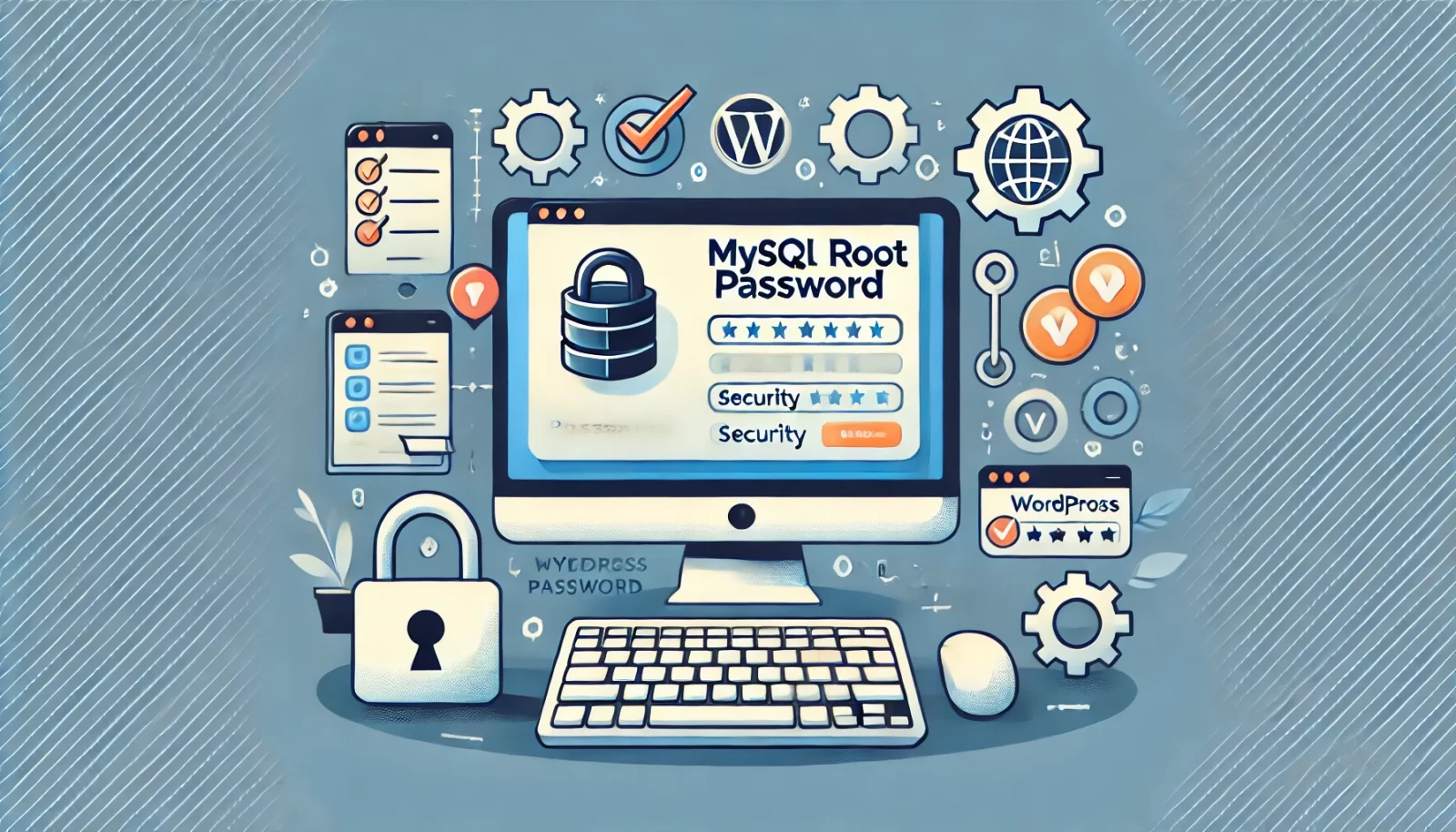Running WordPress on a Windows desktop often requires a local server environment, including MySQL. However, setting up MySQL can sometimes present challenges, particularly when it comes to configuring the root password. This blog post aims to provide a comprehensive guide on how to manage MySQL root passwords, troubleshoot common issues, and ensure a smooth WordPress installation.
Understanding MySQL Installation on Windows
When installing MySQL on a Windows system, many users opt for tools like the Microsoft Web Platform Installer or bundled solutions like XAMPP or WAMP. These tools simplify the process but can obscure certain configurations, such as the root password for MySQL.
Step-by-Step Installation with Web Platform Installer
- Download and Install: Use the Web Platform Installer to download and install MySQL. This tool handles dependencies and configurations automatically.
- Initial Configuration: During installation, you may not be prompted to set a root password, which can cause confusion later.
Default MySQL Root Password
After installing MySQL, the root user may not have a password set by default. This can lead to access issues when trying to perform administrative tasks or install applications like WordPress.
Verifying the Default Password
- Open Command Prompt.
- Navigate to the MySQL bin directory
cd C:\Program Files\MySQL\MySQL Server 5.7\bin - Attempt to login without a password mysql -u root -p
- When prompted for a password, simply press Enter. If you gain access, the root user has no password set.
Setting Up MySQL for WordPress
To set up MySQL for WordPress, follow these steps:
- Create a Database:
CREATE DATABASE wordpress; - Create a User and Grant Privileges:
CREATE USER 'wordpressuser'@'localhost' IDENTIFIED BY 'password'; GRANT ALL PRIVILEGES ON wordpress.* TO 'wordpressuser'@'localhost'; FLUSH PRIVILEGES;
Common MySQL Errors and Solutions
Error: Access denied for user 'root'@'localhost' (using password: NO)
This error occurs when MySQL expects a password but none is provided.
Solution:
- Ensure you are using the correct command mysql -u root -p
- If prompted for a password, leave it blank and press Enter if you haven’t set a password yet.
Error: Access denied for user 'root'@'localhost' (using password: YES)
This indicates that the provided password is incorrect.
Solution:
- Verify the password.
- Reset the root password if necessary (see next section).
Resetting the MySQL Root Password
If you cannot access MySQL with the root user, you may need to reset the root password.
Method 1: Using mysqld_safe
- Stop MySQL Service:
- Start MySQL without privileges: mysqld_safe –skip-grant-tables
- Open a new Command Prompt window and log in: mysql -u root
- Reset the password:
USE mysql; UPDATE user SET authentication_string=PASSWORD('new_password') WHERE User='root'; FLUSH PRIVILEGES; EXIT; - Restart MySQL: net start mysql
Method 2: Using an Initialization File
- Create a file
reset.txtwith the following content:sqlCopy codeALTER USER 'root'@'localhost' IDENTIFIED BY 'new_password'; - Start MySQL with the initialization file:
mysqld --init-file=C:\\path\\to\\reset.txt - Restart MySQL normally:
net start mysql
Configuring phpMyAdmin
If using phpMyAdmin, you need to ensure it can connect to MySQL with the correct credentials.
Editing config.inc.php
- Locate the
config.inc.phpfile:C:\wamp\apps\phpmyadmin\config.inc.php - Update the configuration:
$cfg['Servers'][$i]['user'] = 'root'; $cfg['Servers'][$i]['password'] = 'YOURPASSWORD';
Advanced Troubleshooting Tips
- Check MySQL Service Status: Ensure the MySQL service is running:
net start mysql - Review MySQL Logs: Check MySQL logs for errors:
C:\ProgramData\MySQL\MySQL Server 5.7\Data\mysqld.log - Ensure Correct Permissions: Ensure MySQL has the necessary permissions to access required files and directories.
Conclusion
Setting up MySQL on a Windows system can be straightforward, but issues with the root password are common. By following this guide, you should be able to troubleshoot and resolve most MySQL root password issues, ensuring a smooth installation and operation of WordPress. Remember to secure your MySQL installation by setting a strong root password and following best security practices.
By addressing these common issues and providing step-by-step solutions, you can ensure a more reliable and secure MySQL setup for your WordPress site on Windows.











Leave a comment